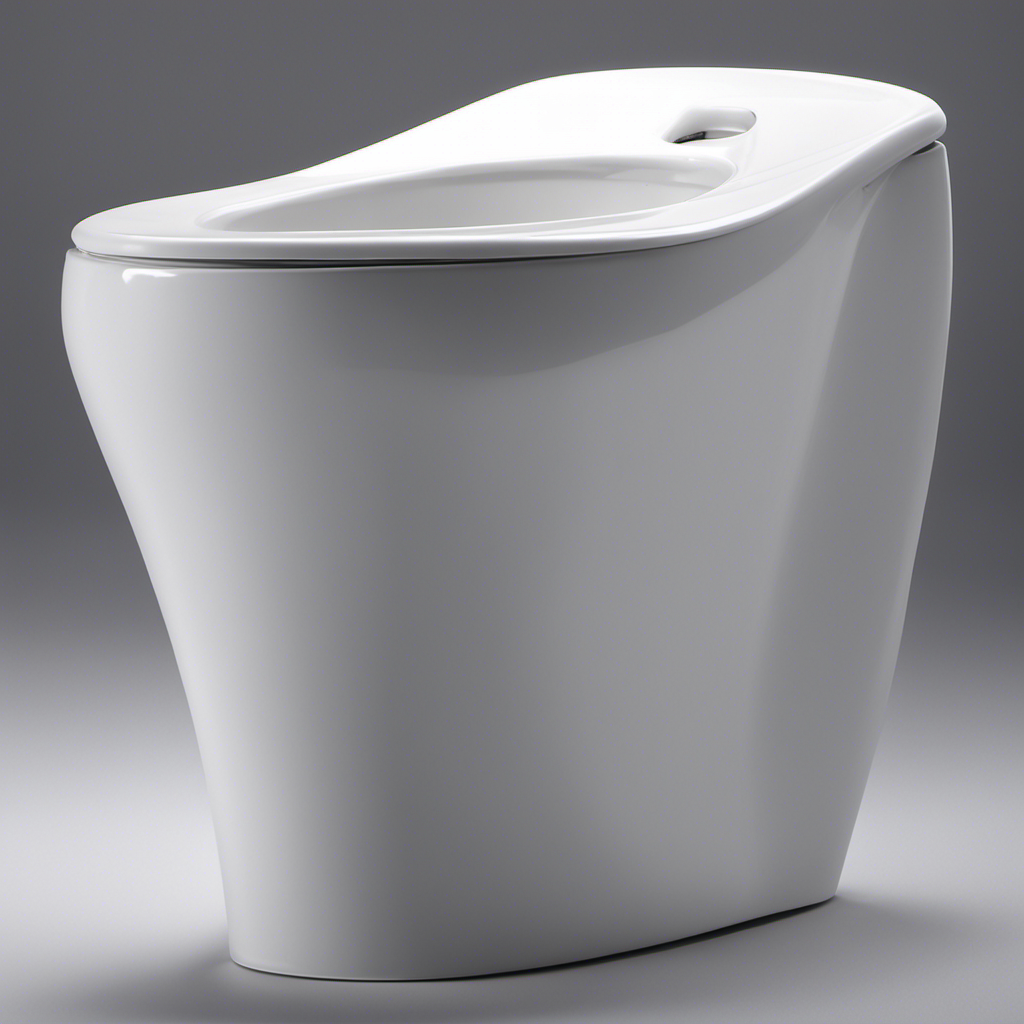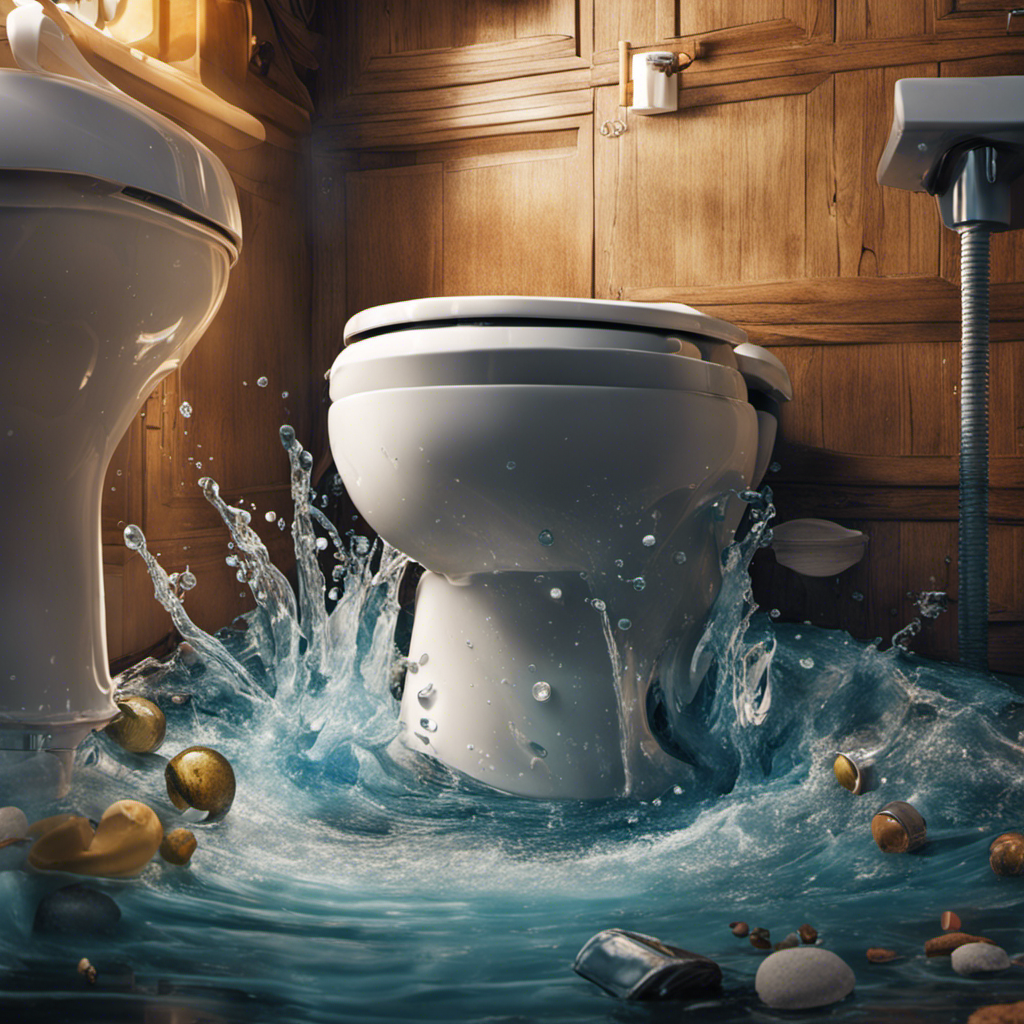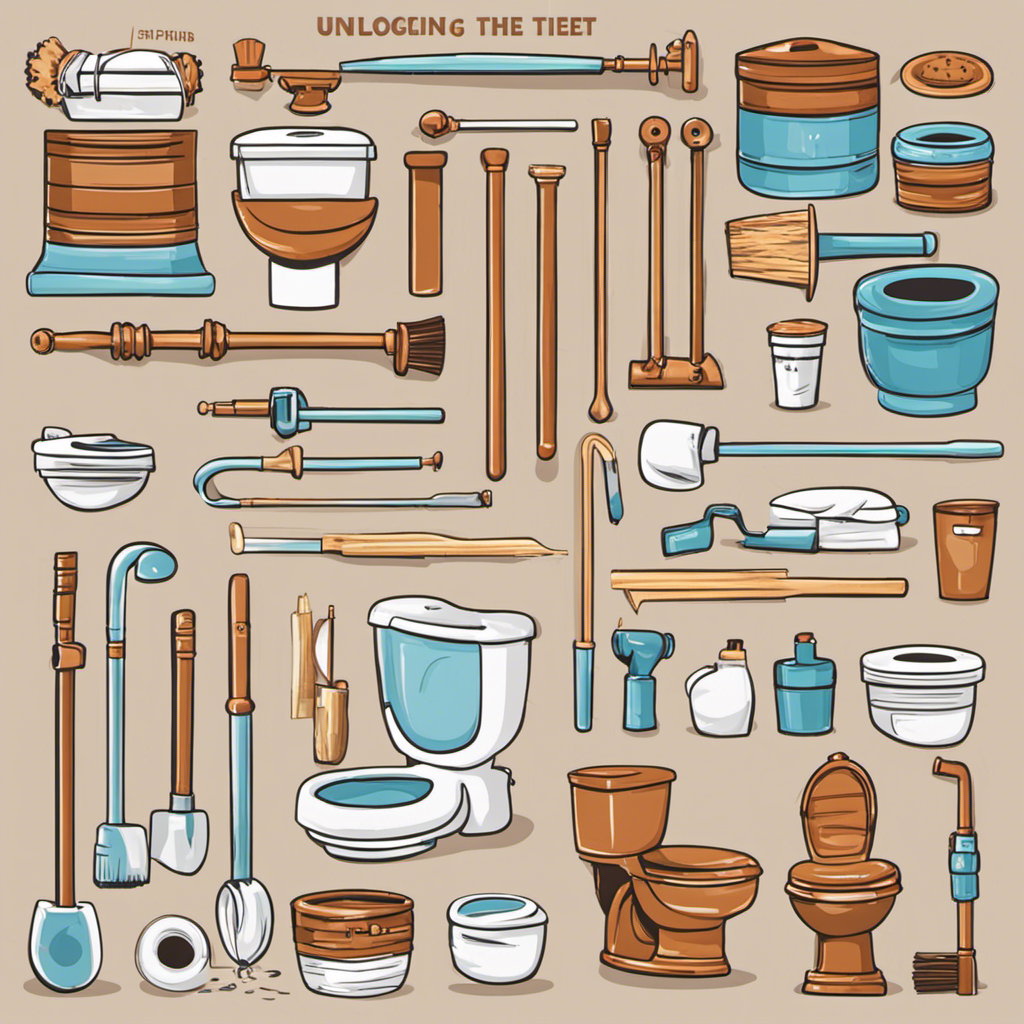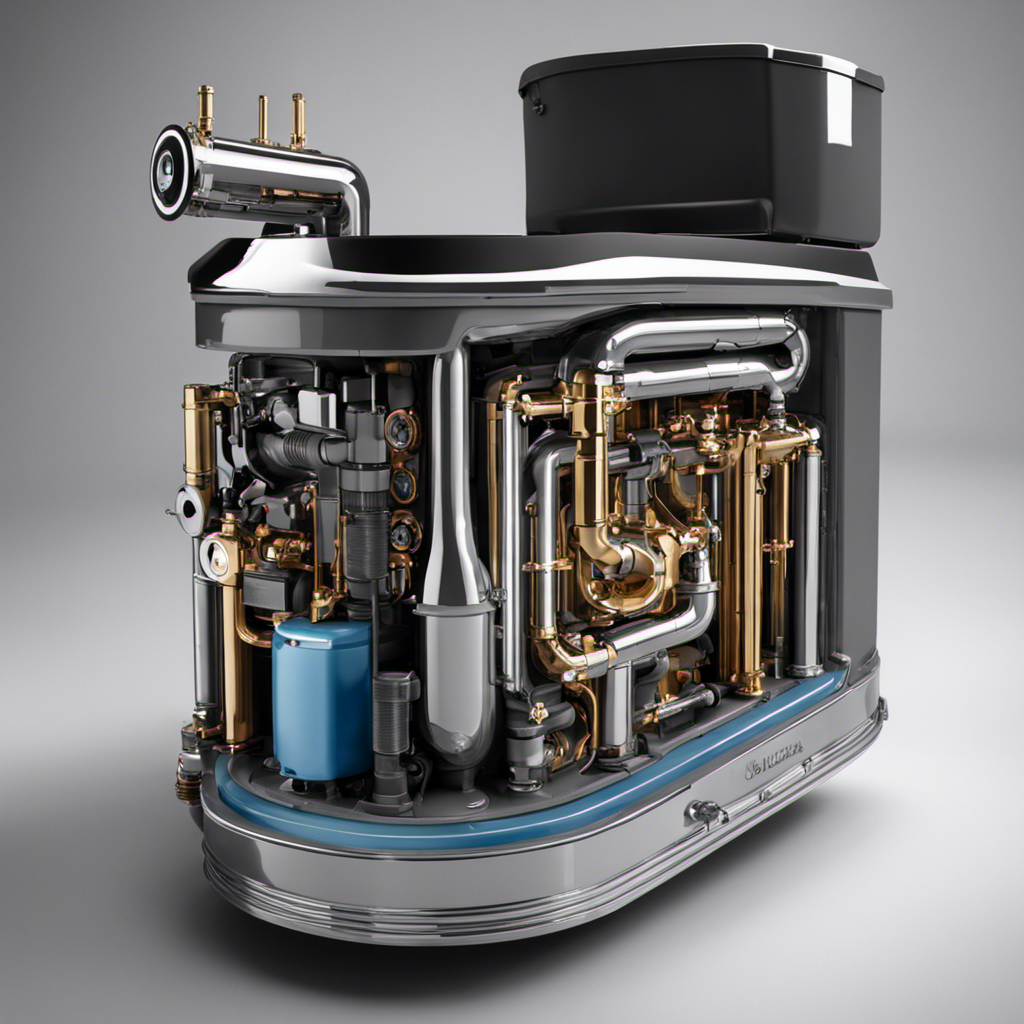Oh, great. Just what I needed today – a toilet with low water. Nothing says ‘convenience’ quite like a toilet that barely flushes. But fear not, fellow bathroom enthusiasts, for I am here to shed some light on the mysterious phenomenon of low toilet water.
In this article, I will reveal the possible reasons behind this frustrating issue and provide you with expert tips on how to troubleshoot and increase your toilet’s water level. So, let’s dive in and get to the bottom of this watery conundrum, shall we?
Key Takeaways
- Clogs in the pipes or valves can restrict water flow into the toilet bowl, leading to low water levels.
- Low water pressure can also affect the functionality of the toilet and result in low water levels.
- Proper water level is crucial for the flushing mechanism to work effectively and prevent waste removal issues.
- Regular maintenance, including checking the fill valve, float assembly, and flapper valve, can help prevent and resolve low toilet water issues.
Possible Reasons for Low Toilet Water Level
One possible reason for your low toilet water level could be a clog in the pipes. When there is a clog, it can restrict the flow of water into the toilet bowl, resulting in a lower water level. This can have a negative impact on your plumbing system as it affects the toilet’s functionality.
Proper water level is crucial for the flushing mechanism to work effectively and prevent blockages. Water pressure plays a significant role in maintaining the toilet water level. If the water pressure is low, it may not provide enough force to fill the toilet bowl to the desired level. This can lead to inadequate flushing and potential issues with waste removal.
Understanding the impact of low toilet water on the plumbing system and the role of water pressure is essential for troubleshooting and resolving the issue.
Moving on, let’s explore the common causes of low toilet water.
Common Causes of Low Toilet Water
There are several common reasons why the water level in your toilet is low. Here are three possible causes to consider:
-
Impact of water pressure: Low water pressure can result in a reduced water level in your toilet. This occurs when the water supply doesn’t have enough pressure to fill the tank adequately. Checking the water pressure from the main supply line can help identify this issue.
-
Clogged pipes or valves: Accumulated debris or mineral deposits in the pipes or valves can restrict water flow, leading to a low water level in the toilet. Regular toilet maintenance, including cleaning the pipes and valves, can prevent this problem.
-
Faulty fill valve or flapper: A malfunctioning fill valve or flapper can cause inadequate water to enter the toilet tank, resulting in a low water level. Inspecting and replacing these components when necessary can help maintain the proper water level.
Regular toilet maintenance is crucial to prevent low water levels. By addressing these common causes, you can ensure your toilet functions optimally.
Troubleshooting Low Toilet Water Issues
To troubleshoot low water issues in your toilet, start by checking the water pressure from the main supply line. Ensure that the water valve is fully open and that there are no obstructions or leaks in the supply line. If the water pressure is normal, the next step is to inspect the toilet tank and bowl for any issues that may be causing the low water level. Check the fill valve and float assembly to ensure they are functioning properly and adjust them if necessary. Also, inspect the flapper valve to ensure it is sealing properly and not causing water to continuously drain from the tank. If the toilet water level fluctuates or there is a toilet water siphoning problem, it may be necessary to install an anti-siphon fill valve to prevent these issues.
| Possible Causes | Solutions |
|---|---|
| Obstructed water supply line | Check for any obstructions or leaks in the supply line |
| Faulty fill valve or float assembly | Inspect and adjust the fill valve and float assembly |
| Defective flapper valve | Replace the flapper valve if it is not sealing properly |
| Toilet water siphoning problem | Install an anti-siphon fill valve to prevent siphoning |
How to Increase Toilet Water Level
If you want to increase the water level in your toilet, check the fill valve and float assembly to make sure they are working properly. Here are three steps to follow:
-
Inspect the fill valve: The fill valve regulates the water flow into the toilet tank. If it is not functioning correctly, it can cause low water levels. Check for any blockages or debris that may be preventing the valve from opening fully.
-
Check the float assembly: The float assembly controls the water level in the tank. Make sure it is not stuck or damaged. Adjust the float arm or the float ball to ensure it is positioned correctly.
-
Address any underlying issues: Low water levels in the toilet can be caused by other issues such as clogged pipes or a faulty flush valve. If you notice any toilet water discoloration or odor, it may indicate a deeper problem that needs to be addressed.
Following these steps will help you increase the water level in your toilet and ensure proper functioning.
Preventing Low Toilet Water: Tips and Tricks
One way you can prevent a decrease in the water level of your toilet is by regularly checking the fill valve and float assembly.
Understanding water pressure is crucial for maintaining the proper water level in your toilet. The fill valve is responsible for regulating the water flow into the tank, while the float assembly controls the water level.
Over time, these components can wear out or become misaligned, resulting in low water levels. By regularly inspecting and adjusting the fill valve and float assembly, you can ensure that the water level remains at the desired level.
This is important for the overall functioning of your toilet and prevents any inconvenience caused by low water levels. Regular toilet maintenance, including checking the fill valve and float assembly, is essential for maintaining optimal performance and preventing any issues with water levels.
Conclusion
In conclusion, understanding the reasons behind low toilet water levels is crucial for troubleshooting and resolving the issue. By following the tips and tricks mentioned, such as checking the water supply valve and adjusting the float valve, you can easily increase the water level in your toilet.
Remember, ‘prevention is better than cure,’ so regular maintenance and avoiding clogs can help prevent low toilet water problems in the future.
Stay knowledgeable and keep your toilet functioning smoothly.










